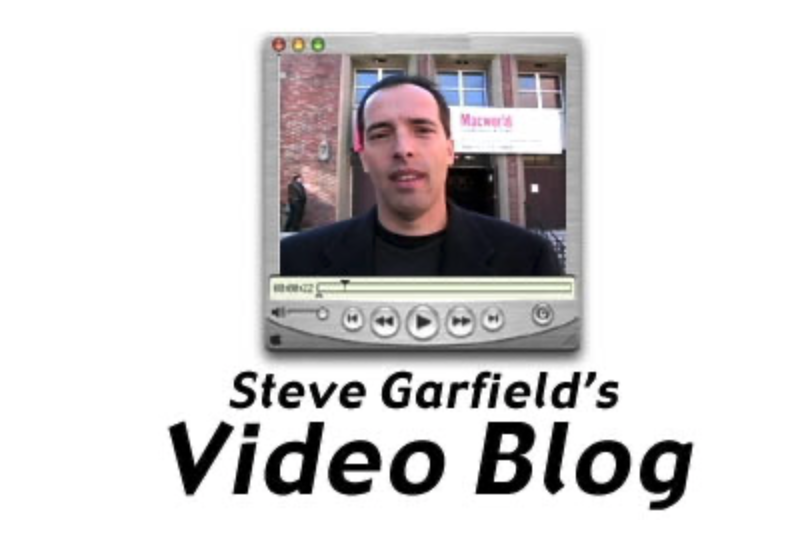The Evolution of Vlogs
Now you, you're part of our cool email club so you've seen us vlog before, but other people hadn't seen us vlog until we put up our Seoul Then and Now behind the scenes video.
One thing that struck me is how sometimes commenters on YouTube or Reddit or elsewhere on the internet treat vlogging like it's a 100% fixed style of filmmaking. I would argue that vlogging in its current form is just an evolution of something that's been around since the beginning of cinema.
Actors were breaking the fourth wall and discussing their jokes with the audience since the very beginning. That's just how vaudeville theater was done, and no one thought it was weird when a character turned to the audience to ask them a question. It's only later in cinematic history, when filmmakers started to make movies look more like European theatrical tradition that talking to the camera became less common. It's also when cinema began to be taken seriously as an art form, instead of just a parlor trick, which is perhaps why vlogging still isn't considered a serious genre of filmmaking in many circles. So when did it come back?
Steve Garfield is sometimes credited as the first vlogger, and he started his video diary back at the start of 2004. But before Garfield was the videographer Nelson Sullivan, a fixture in the New York club scene in the '80s. He casually narrates what's happening in most of his videos, and even walks around Manhattan, talking directly to the viewer in a way that's become incredible commonplace on YouTube a full quarter century before the platform even existed. There's not the same slick editing (and no drone footage!) you see in most vlogs today, but there's something about his demeanor and camera style that is oh so clearly vlog-ish.
Together Sullivan's thousands of hours of documentary footage and the legacy he left behind as owner of 5 Ninth Avenue -- which became a meeting place of prominent scenesters (including RuPaul) -- make comparisons to Andy Warhol and the Factory inevitable. Warhol wasn't the first to shoot a bunch of stuff that was happening either, though. Vlogging goes way back.
Or does it? The further back in video history you go, the more confusing it gets, because even though most movies don't acknowledge the camera, a whole bunch of them do. Some of them just give a tiny wink, or a nod, or a glance to the camera at the end (I'm looking at you Trouffant), but then there's also movies like High Fidelity or Alfie, where actors not only know they're in a movie, they talk to the audience about it. Here's an 8 and a half minute supercut of just some of the movies where actors talk to the viewer directly.
"Wait, that's different than vlogging!" I hear you say. Vlogs are real. When Tyler Oakley talks to the camera, he's being Tyler Oakley, not playing some character. Right?
Right! Mostly.
There's a lot careful editing and image maintaining that goes into vlogging. Even though most of them aren't pre-scripted, they certainly aren't factual reports. They're not documentary in nature. Tyler Oakley is a character just as much as Rob Gordon is. He just happens to play himself.
I'm not trying to insinuate any vlogger is a liar or a fraud. That's certainly not what I mean. What I mean is that the moment you're editorializing a piece of video -- choosing what stays in and what goes out, choosing what outfit or makeup you wear, and picking the music that fits the scene -- that line between real and movie magic gets a little blurred. And it's not just YouTubers who get blurry.
Hollywood stars jumped back and forth over that line all the time. Some of the biggest names in cinema like James Dean, Clint Eastwood, and Rock Hudson, they didn't play characters. Clint Eastwood plays Clint Eastwood with a different name. Everything about their characters is the same from movie to movie.
There's even a word for this: persona.
It's not a bad thing. Audiences happily go to see Eastwood be Eastwood. And they love to see Oakley be Oakely. They change, of course. Eastwood in The Good, The Bad, and The Ugly is much different than Gran Torino Eastwood, but the underlying persona is the same. Likewise, Oakley's vlogging style has evolved quite a bit from his early videos a decade ago.
It's especially fun to go see how some of YouTube's biggest creators used to vlog. Notably, some of the biggest of today's YouTubers have been at it since the early 2000s when vlogging really took off. Nigahiga, Smosh, and Michelle Phan join Oakely as the first wave of vloggers.
Thoughts?
This post was originally sent as email newsletter to Film Stuff email subscribers.






